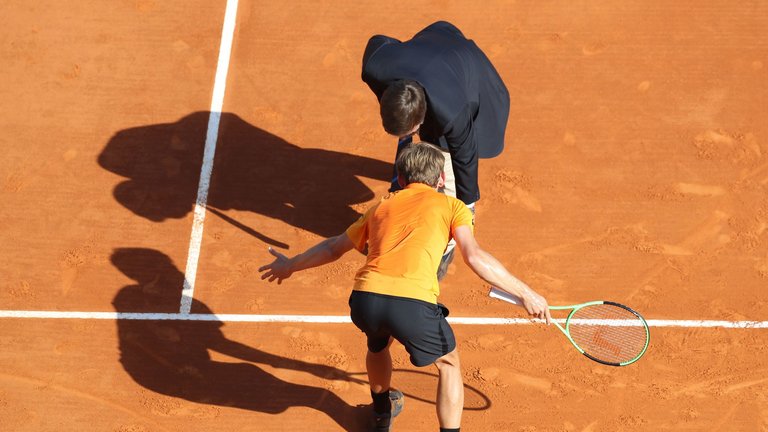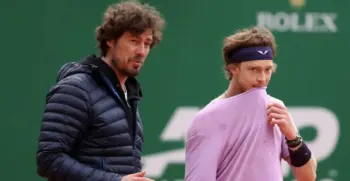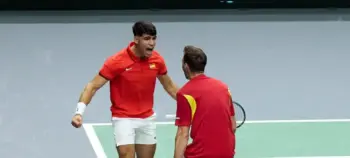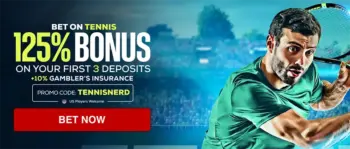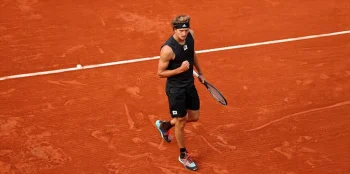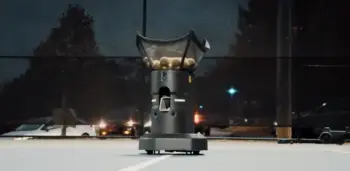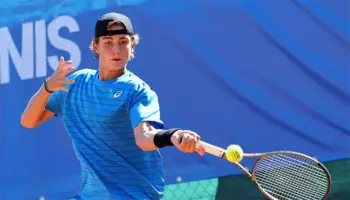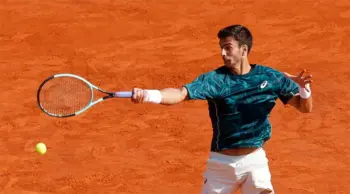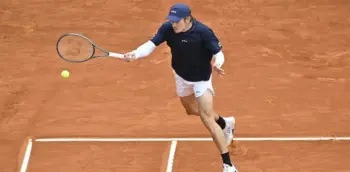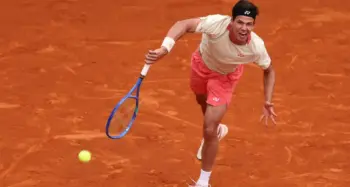Rafael Nadal reached his 10th Monte Carlo final, but only after some controversy. At 2-3 and break point down he hit a ball that was called long, but then overruled to be in to David Goffin‘s dismay. After this controversial decision by umpire Cedric Mournier, Goffin’s game fell apart and Nadal wrapped up the win easily 6-4 6-1.
This obviously asks the question: Why isn’t there hawk-eye on clay? The obvious answer is that you can see a mark after the ball but there are still quite a few situations where there is a discussion which mark is the correct one. This is completely unnecessary with hawk-eye.
Many tennis traditionalists never liked the hawk-eye system, but it’s actually a fair and pretty accurate and engaging way to keep score. Then it’s always up to the player to decide how badly they want to challenge a call. Yesterday, that would easily have been Goffin’s choice and likely also changed the nature of the match.
It’s obviously up to the player not to have a meltdown after a bad call, after all they are a part of the sport (but in this case unnecessarily so), but you can still say that this situation was tough on Goffin who would have gotten confidence and wind in his sail from being up 4-2 against the greatest clay court player of all time.
What do you think about the lack of hawk-eye during clay court tournaments?
* Hawk-Eye is a complex computer system used officially in numerous sports such as cricket, tennis, Gaelic football, badminton, hurling, Rugby Union, association football and volleyball, to visually track the trajectory of the ball and display a record of its statistically most likely path as a moving image.
